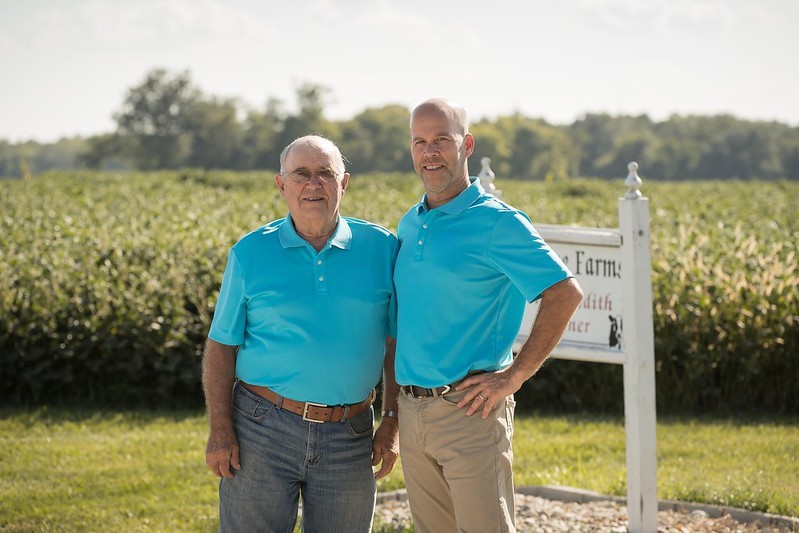
When CW Gaffner first joined the World Initiative for Soy in Human Health in its early years, he recalled the goals being the same today as they were more than a decade ago.
“We were supporting a program that would help provide a good source of protein for regions around the world,” CW recalled. “And I thought we could do that with U.S. soy right from our farms.”
CW notes he’s proud to see WISHH’s aim of diversifying markets for soybean growers reach partners in 29 countries around the globe.
That longevity and need to diversify drove CW’s son, Scott, to join the WISHH committee years later. “From my dad’s experience with WISHH and stories of how soybean farmers wanted to help provide a protein source to regions that were in need of it, I became interested in helping continue the work that WISHH started 25 years ago.”
From their family farm in Illinois, the soybean growers reflect on WISHH then and now. They appreciate WISHH’s dedication to providing long-term markets for U.S. soy.
“We farmers are used to obtaining immediate results, Scott said. “But WISHH’s model is designated for longer commitments with the hope for continued demand as the years increase.”
According to the younger Gaffner, he’s seen how the change has paid off. “WISHH has been a key influencer and educator of many key stakeholders in developing and emerging countries where it works.” Scott said. “As I travel to the same regions, I am able to see some of our partners now using high-quality U.S. soy for human and animal consumption.”
CW reflected on the differences between when he started with WISHH to where his son is now. “In the early years, we were taking small steps to help develop relationships with educating the public. We did not even have all the social media tools that are available today and our results took a long time.”
Now, Scott sees the difference those made. “I have seen the transition from billboards or print material in my father’s time to our current ability to utilize a myriad of social media opportunities, social media influencers along with the print media.”
CW noted, “We had to remain steadfast with our commitment in hopes that markets would eventually respond in a positive manner towards soybean exports. Some have developed into promising opportunities to purchase U.S. soy. There have been many areas where WISHH has helped create a great foundation for providing a protein source in U.S. soy to feed populations.”
Looking Ahead
Scott highlighted what this means from a farmer’s perspective. “Being consumed with work on the farm, it was refreshing to know that organizations like WISHH are working on our behalf to develop new markets to ensure future generations would enjoy the fruits of our vision.”
“Other markets with soy will be the biggest challenge for U.S. soy in the next 25 years,” Scott said. “But WISHH’s ability to identify emerging markets that can become trade partners will safeguard U.S. farmers.”
He also encouraged younger farmers to get involved. “The value of organizations like WISHH provide a greater impact by the number of farmers they represent in advocating for U.S. soy exports.”
From his travels to Asia, sub-Saharan Africa, and Central America, Scott now sees the changes his father imagined. “I have seen how the training and education from WISHH have helped maximize soy for food or feed.”
